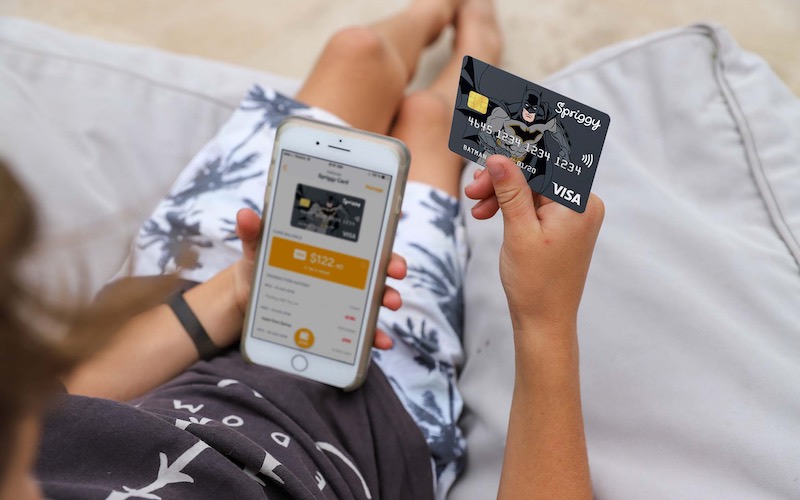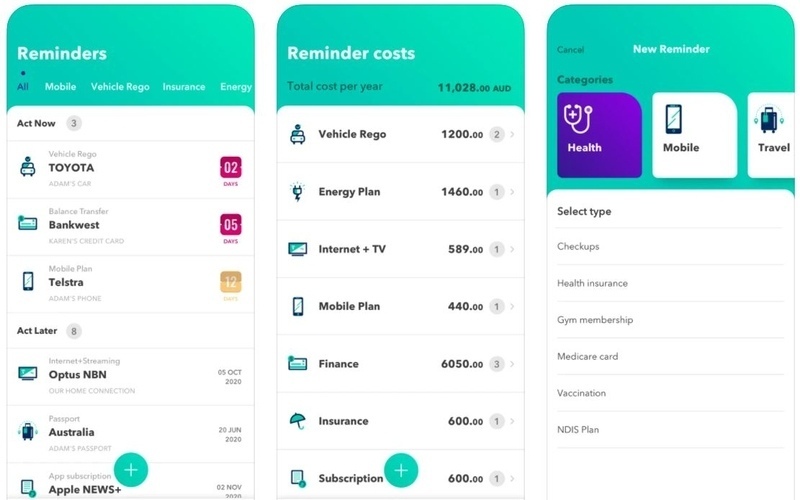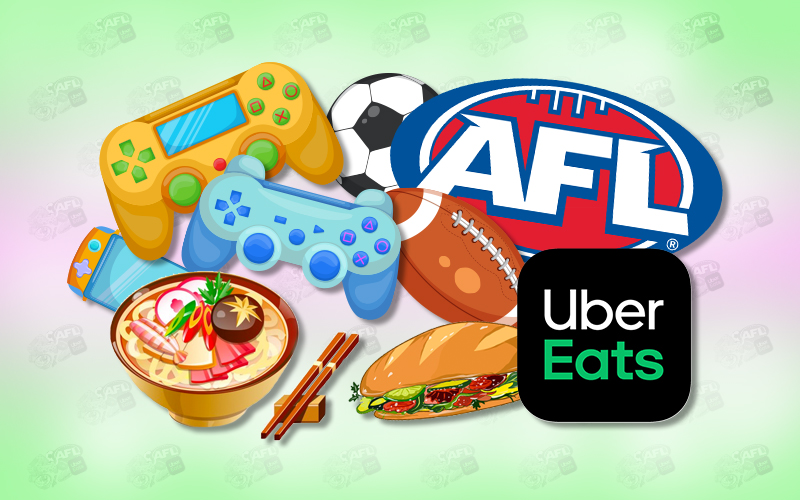Traditionally, the tooth fairy paid children with a gold coin or $5 note in exchange for baby teeth.
Yet, with many families having little to no coins in their wallets, pocket money app Spriggy has partnered with parents (the tooth fairy) to offer digital payments on the prepaid card as an alternative to cash or coins.
Children wishing to have their tooth money paid into their Spriggy account should simply leave their Spriggy card out on their pillow alongside their fallen tooth.
By the morning, the digital payment will be immediately accessible.
Spriggy CCO Scott Eddington said taking the tooth payment digital would further teach children the value of money from a young age.
“Spriggy was founded on the belief that for today’s kids pocket money and financial literacy needs to be digital,” Mr Eddington said.
“Receiving digital payments from the tooth fairy is an extension of this, and a great way to help children learn about saving, spending, and goal setting, in line with our increasingly digital lives.”
What’s the going tooth fairy rate?
But how much is the tooth fairy coughing up these days?
A poll organised by Savings.com.au for the website letsgomum.com.au and its Facebook group in 2020 found more than half of parents (60%) pay more than $2 per tooth, while 40% pay less than $2.
Out of the 500-plus respondents, the two popular payment rates were:
- Paying your child the biggest coin e.g. a 50c piece
- Paying your child $5 for the first tooth lost and $2 for subsequent teeth
See Also: How does your kids' weekly pocket money fare against others in Australia?
Image supplied



 Denise Raward
Denise Raward

 Harry O'Sullivan
Harry O'Sullivan
 Emma Duffy
Emma Duffy
 William Jolly
William Jolly

